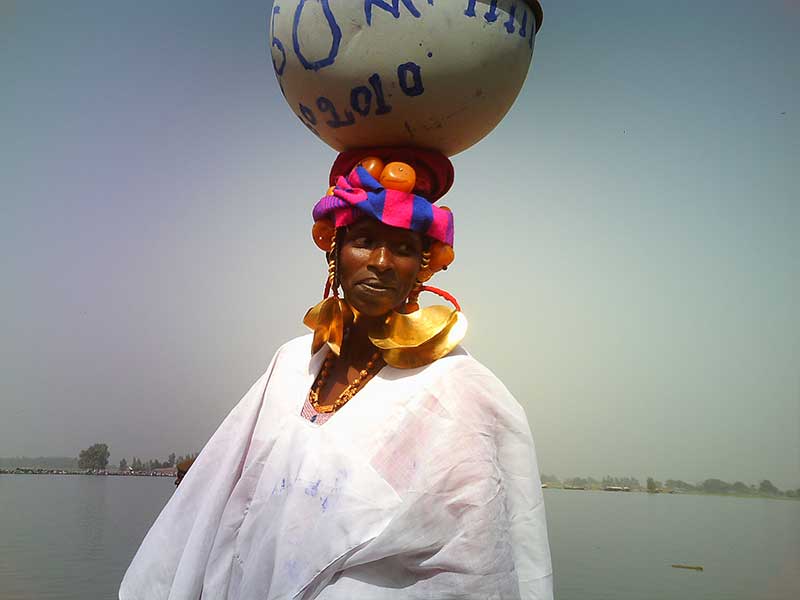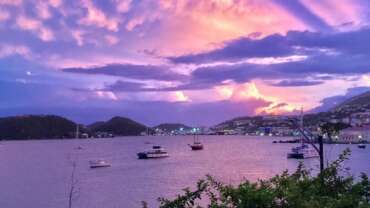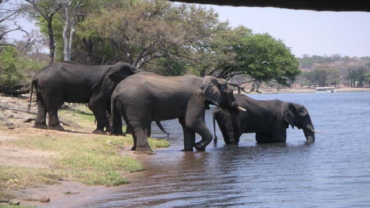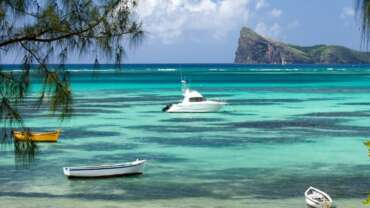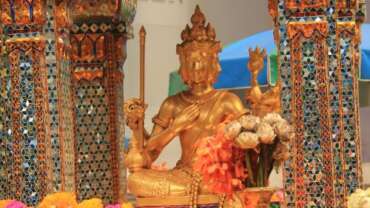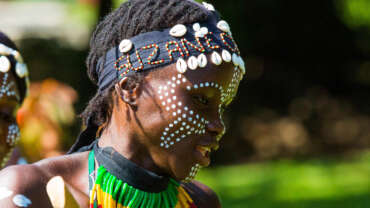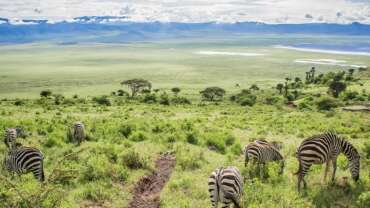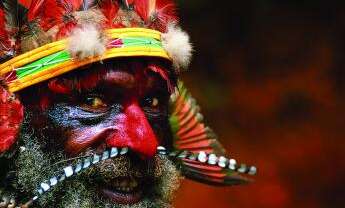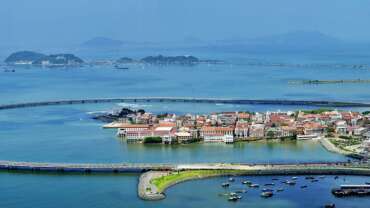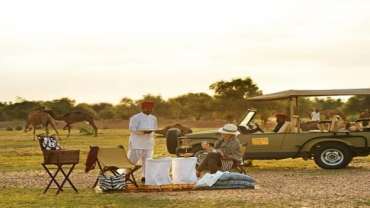Mali - One Nation, One Goal, One Belief
Mali, a republic but above all it is a country of history. Great empires and famous people have followed one another in this part of West Africa.
In the region of Kidal, we have found Neolithic remains attesting to traces of human presence in the 5th millennium BC At the dawn of our era, exchanges between desert and savannah developed, favoring the birth of cities including “Djenné -Jenno ”the old Djenné, in the heart of the central delta of the Niger river. The remains of this city bear witness to the existence of the oldest civilization in sub-Saharan Africa. Around the 4th century AD, between the Niger and Senegal rivers south of the Sahara, was born the Empire of Ghana (Ouagadou).
Thanks to the trade in gold and salt, it prospered until the end of the 11th century, which saw its decline. The Empire of Mali (Mande), founded in the 11th century and made up of small kingdoms, was unified by Soundjata Keïta in the 13th century. It was at its peak in the 14th century, under the reign of Kankou Moussa, then of his brother Mansa Souleymane.
History of Mali
Land of old civilization and cradle of great empires and kingdoms, the history of Mali has been marked by the passage of great celebrities such as: Soundjata Keita, Kankou Moussa, Askia Mohamed, Tieba Traoré, Samory Touré, El Hadj Omar Tall, Biton Mamary Coulibaly etc.
Mali, is a country of great empires and kingdoms that have generated brilliant African Civilizations:
– the Mali Empire 13th and 14th centuries;
– the Songhai Empire;
– the Bambara kingdom of Ségou;
– the toucolor kingdom of El hajj Oumar;
– the Peulh kingdom of Sékou Amadou etc.
The remains of these empires and kingdoms are major attractions for Malian tourism.
People of Mali
Mali is a veritable mosaic of cultures and peoples where different ethnic groups come together, expressing themselves mainly in national languages, the most common are Bambara, Sarakolé, Songhai and Peulh etc.
The main ethnic groups are: the Bambaras, the Peuls, the Bwas, the Bozos, the Dogons, the Khassonkés, the Malinkés, the Sonrhaïs, the Tuaregs, the Arabs, the Sarakolés, the Sénoufos, the Miankas.
Climate of Mali
Mali, a landlocked territory, located in the heart of West Africa has several wetlands, the main one being the Inner Niger Delta (DIN), classified as a Ramsar site. The Inner Niger Delta is a vast floodplain constituting the largest wetland in West Africa by size and the second in Africa after the OKAWANGO Delta in Botswana.
The climate in Mali is tropical and dry. There are two main seasons:
– a hot and rainy season;
– a cold and dry season.
The relief is essentially made up of plateaus and plains. Mount Hombori is the highest peak culminating at 1155 m above sea level. The country is crossed by two large rivers: the Niger (1,700 kms in Mali) and Senegal (800 kms in Mali).
Three types of climate characterize Mali:
– Sudanese in the South (humid tropical climate). The vegetation is that of the savannah dotted with forests.
– Sahelian in the west and in the center (semi-humid tropical climate).
– Saharan in the North (dry tropical climate).
In Mali two periods are favorable to tourism:
The great season which extends from October to March (cool season)
The short season which runs from July to August (rainy season)
AN EXCEPTIONAL AND ORIGINAL CRAFTSMANSHIP
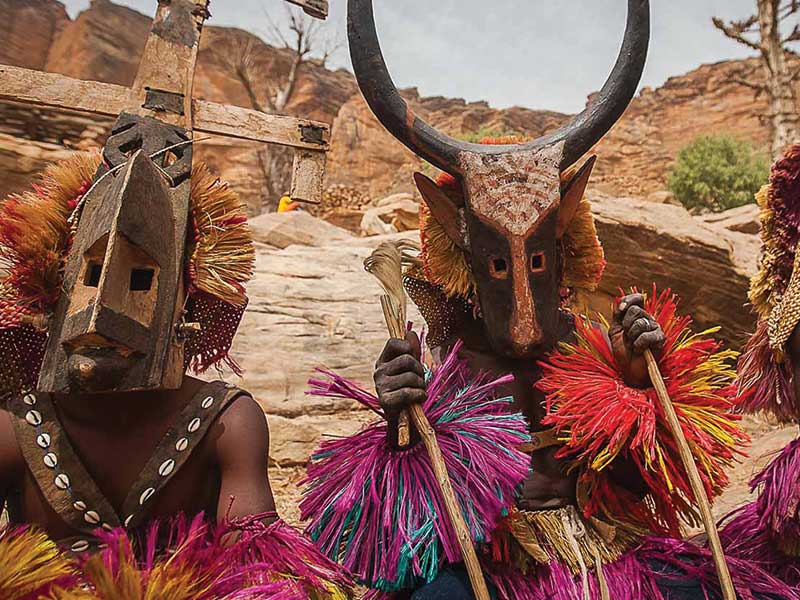
In Mali, for example, interior decoration is a very varied craft, the craftsman has a wide choice of materials: plant materials (wood, calabashes, cotton); materials of animal origin (skins, wools, shells, teeth); metals (bronze, iron, silver, gold); stone, clay and dyes, the sculptor, on wood, shapes the objects (masks, statuettes, but also seats).



